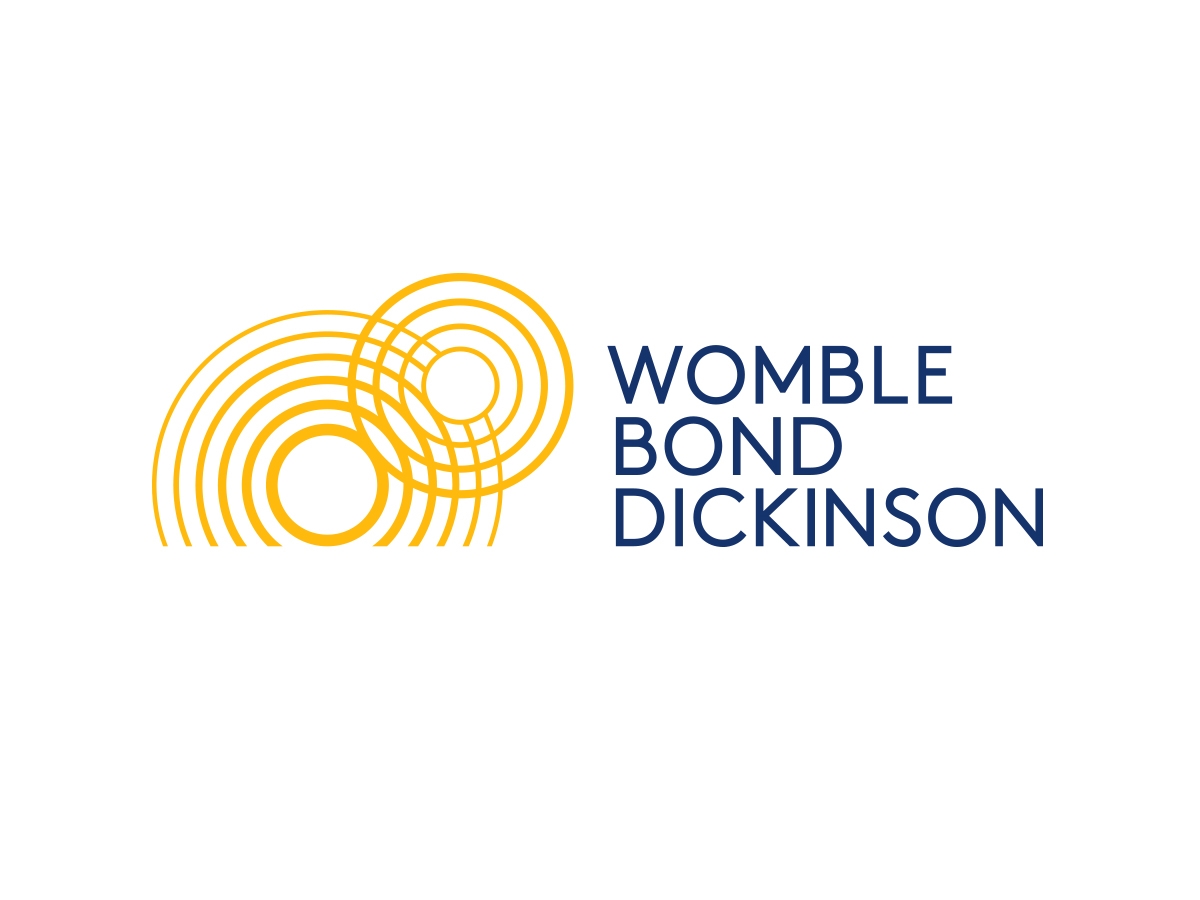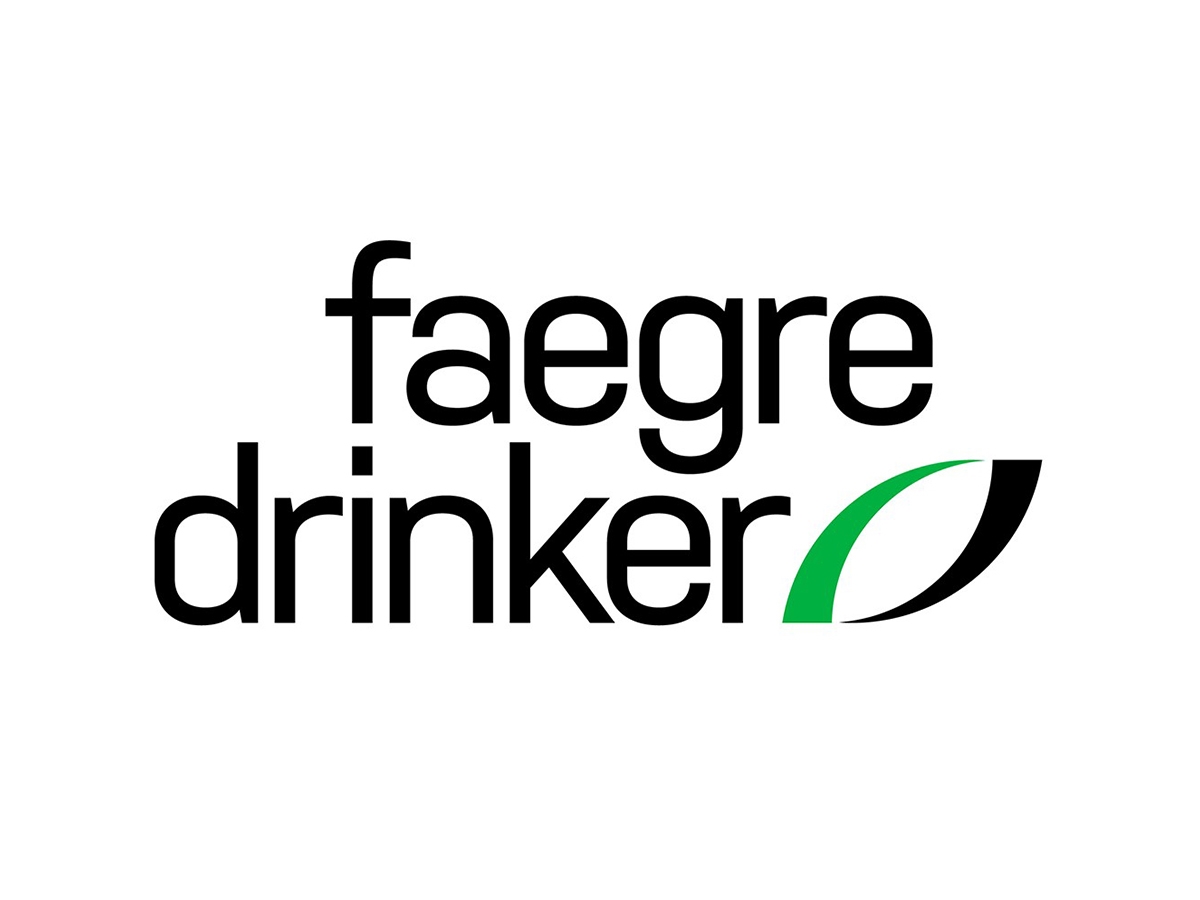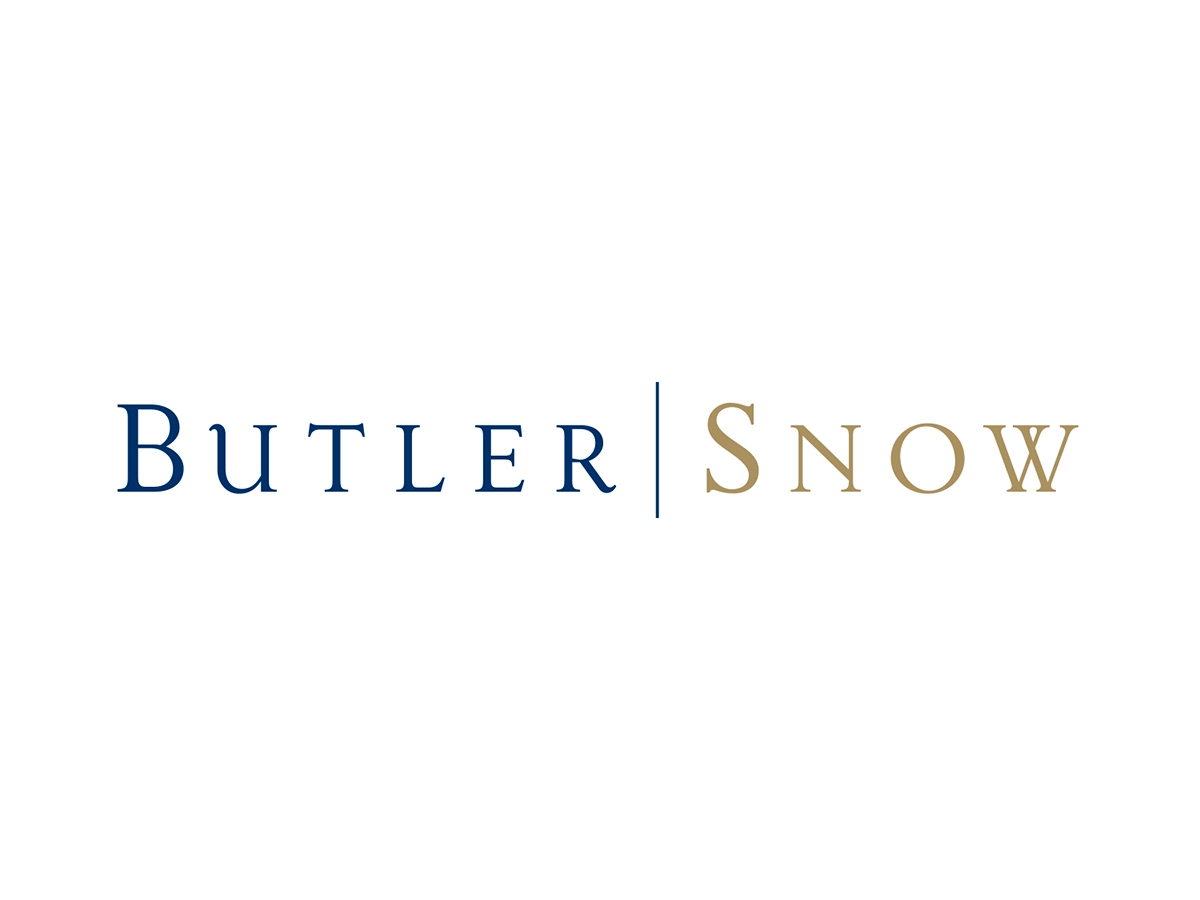Export Control Issues in U.S. Patent Prosecution
“Most patent applications filed in the U.S. are found to have no detrimental effect on national security…. In a number of cases, however, Licensing & Review does find a detrimental effect, and therefore does place restrictions….”
Under U.S. law, filing a patent application in a country other than the United States is considered to be an “export” of the invention that is described in the patent application. Therefore, the export control laws of the United States apply to patent prosecution.
All U.S. patent applications except for plant applications are screened for possible national security concerns by the Licensing & Review branch of the U.S. Patent and Trademark Office (USPTO), which determines whether foreign filing will be permitted and whether the patent application must be placed under a secrecy order. 35 U.S.C. 181-186; 37 CFR Part 5.
The USPTO is one of many U.S. government agencies that regulate exports emanating from the United States. The Commerce Department’s Bureau of Industry and Security (BIS) has major responsibility for exports of dual use items. Other U.S. agencies having export control regulations are the State Department, Defense Department, Treasury Department, Agriculture Department, Fish and Wildlife Service, Nuclear Regulatory Commission, and the Justice Department.
For U.S. patent applications, Licensing & Review makes a determination whether or not public divulgation of the invention contained in the patent application would be detrimental to U.S. national security. Most patent applications filed in the U.S. are found to have no detrimental effect on national security, and therefore Licensing & Review places no restrictions on such patent applications. In a number of cases, however, Licensing & Review does find a detrimental effect, and therefore does place restrictions, which may include restrictions on foreign filing and imposition of a secrecy order.
Licensing & Review collaborates with other government agencies where appropriate. These agencies are typically the Defense Department and State Department, but any agency considered to be a defense agency can be consulted as well.
For inventions that clearly have no impact on national security, Licensing & Review makes a quick determination to grant a foreign filing license and to not impose a secrecy order, with no need to have involved any other governmental agency.
For difficult cases, the time taken by Licensing & Review to make its determination will be longer – a few weeks or months.
The grant of a foreign filing license is noted on the official filing receipt that the USPTO issues for every patent application. Even in those cases where a foreign filing license has been granted, the official filing receipt contains a warning that the “grant of a license does not in any way lessen the responsibility of a licensee for the security of the subject matter as imposed by any Government contract or the provisions of existing laws relating to espionage and the national security or the export of technical data.” The official filing receipt goes on to expressly cite some of those laws. This serves as a reminder to the patent applicant that the grant of the foreign filing license extends just to the material contained within the four corners of the patent application as submitted to the USPTO. For example, the foreign filing license does not extend to the export of any technical data that may be related to the patent application but is not expressly contained in the patent application.
If Licensing & Review has not made its decision within six months from the filing date of the patent application, the patent applicant is legally allowed to file the patent application in any country in the world having a patent office, with an important caveat – namely, the USPTO has the right to revoke a foreign filing license that it has previously granted. 37 CFR 5.11(f).
Denial of Export Licenses
For a subset of patent applications that are subjected to a secrecy order, the patent application and the underlying invention are classified by a government agency having the authority to classify documents. Classification of an invention (which will include any and all documents describing the invention) can be imposed independently of whether a patent application has been filed on that invention. The levels of classification in the U.S. are Confidential, Secret, and Top Secret.
The imposition of a secrecy order restricts publication and foreign filing of the patent application. In some cases, foreign filing is entirely prohibited. In other cases, the secrecy order may include a license to foreign file in up to 18 favored countries. 37 CFR 5.5. This set of 18 countries overlaps with the groups of countries that are contained on various lists that are used for export control purposes by the Commerce Department’s Bureau of Industry and Security.
Licensing & Review manages all aspects of secrecy orders, including petitions for rescission or modification of a secrecy order. For example, if the patent applicant can show that the invention has already been published, rescission of the secrecy order is warranted. 37 CFR 5.4.
Patent Prosecution Under a Secrecy Order
A patent application that is subject to a secrecy order is nevertheless prosecuted within the USPTO, unless the application is withdrawn by the applicant. 37 CFR 5.3. If the patent examiner finds the application to be allowable, the application is not “allowed” in the conventional sense, but rather the application is placed into “D-10 Status”. 37 CFR 5.3(c); MPEP 130. When in D-10 Status, the patent applicant can sue the U.S. government for damages for patent infringement — in the U.S. Court of Federal Claims or in the federal district court in the applicant’s home district—even before the patent issues. 35 U.S.C. 183. There is no procedure for the applicant to bring suit against non-governmental entities, but this doesn’t have much consequence, because when an invention is under a secrecy order, normally the only user of the invention is the U.S. government.
It is not possible for a D-10 applicant/plaintiff to obtain an injunction against the government, but that is not any different from the general case of suing the government for patent infringement. It is never possible for a patentee to obtain an injunction against the U.S. for patent infringement, because of the principle of eminent domain.
In order for an applicant to avail itself of the procedure for suing the government for patent infringement prior to patent issuance, the applicant must first exhaust its administrative remedies by petitioning the infringing government agency for compensation, or else the applicant must wait until the patent issues. In some cases, waiting for the patent to issue will be fruitless: the patent application might never move from D-10 status to issuance, because the secrecy order might never expire. This is a possibility particularly in those cases where the invention has been classified.
Relevant Cases
These special D-10 litigation procedures were examined and approved by the U.S. Court of Appeals in the case of Halpern v. U.S., 258 F.2d 36 (2d Cir. 1958). The Halpern decision also authorized the use of in camera proceedings in D-10 cases. In an in camera court proceeding, the public and press is excluded from the proceeding, ensuring confidentiality of the sensitive information contained in the patent application.
Another relevant case is Clark v. U.S. Court of Federal Claims, No. 11-10c, July 28, 2014, which disallowed a patent applicant from suing the U.S. government prior to issuance of the patent. In Clark, the court found that the patent applicant/plaintiff failed to meet the requirement of having exhausted his administrative remedies. Specifically, the plaintiff failed to demonstrate that he had first filed an administrative petition for compensation with the government agency that issued a secrecy order.
A patent applicant that has been financially harmed by the government’s imposition of a secrecy order may also take advantage of the Patent Term Adjustment (PTA) provision in U.S. patent law. 35 U.S.C. 154(b). Of course, this provision has no meaning in those cases where the patent never issues. Applicability of the PTA in secrecy order cases was affirmed by the U.S. Court of Appeals for the Federal Circuit in the case of Wyeth v. Kappos, 591 F.3d 1364 (Fed. Cir. 2010).
The penalties for violating a secrecy order can be severe. 35 U.S.C. 185, 186. These penalties can include invalidity of the cognizant U.S. patent, a fine of up to $10,000, and, in the case of any individual who was instrumental in causing the violation on behalf of the applicant, imprisonment for up to two years.
A private party can allege violation of a secrecy order when the violation is a factual prerequisite for a showing of fraud. Transition Electronic Corp. v. Hughes Aircraft Co., 649 F. 2d 871, 880 (1st Cir. 1981).
Summary of Export Control Issues When Foreign Filing From Outside the U.S.
In the case where the patent application has multiple inventors, with at least one inventor located outside the United States, the applicant should determine whether one or more of the non-U.S. inventors resides in a country having export control laws that pertain to the foreign filing of patent applications out of that country. If so, the export control laws of those countries must be complied with before a patent application can be filed on that invention in the United States.
If a U.S. applicant wishes to foreign file before a U.S. application has been filed, the applicant must petition Licensing & Review for a foreign filing license. 37 CFR 5.12-5.14. Licensing & Review will review this request using the same “detrimental to national security” test used for patent applications that are first filed in the United States.
There is a procedure for filing an expedited petition for foreign filing to Licensing & Review. MPEP 140 When this expedited procedure is used, Licensing & Review endeavors to make its decision within three business days.
No foreign filing license is required if the invention was wholly made outside the United States. 37 CFR 5.11(e)(1).
Export Control Compliance Prior to Filing a Patent Application
It is important for U.S. entities to keep in mind that they are responsible for complying with all the export control regulations of the United States. The USPTO’s Licensing & Review normally has no way of knowing about technology being developed in the United States unless and until a U.S. patent application is filed on that technology. Thus, in particular, where a U.S. entity is developing technology having one or more inventors who is a “foreign national” (the term used by the Commerce Department) or a “foreign person” (the term used by the State Department), the U.S. entity must take great care to ensure that all relevant U.S. export control laws are complied with.
For purposes of U.S. export control law, the foreign national or foreign person may be physically located outside the United States or located within the confines of the U.S. (because of the “deemed export” rule). Under the deemed export rule, disclosure within the geographical limits of the United States of technical information to a foreign national or foreign person is deemed to be an export of the technical information to the country of the person’s nationality and is thus subject to the U.S. export control laws.
Limitations to the USPTO’s Export Licensing Authority
The USPTO’s authority regarding export licensing is limited. 73 FR, Vol. 73, No. 142, July 23, 2008. The USPTO does not have all of the authority of Commerce’s Bureau of Industry and Security: the USPTO’s export licensing authority is limited to the filing of foreign patent applications.
A USPTO foreign filing license authorizes the export of technical data that is needed for preparing patent applications to be filed in the licensed foreign countries. But a USPTO foreign filing license does not authorize export outside the U.S. of technical data for purposes of preparing new patent applications to be filed in the United States at some time in the future. This point is particularly relevant to those U.S. entities using non-U.S. companies to assist in the preparation of patent applications, as well as to U.S. entities seeking to file patent applications where there are non-U.S. inventors.
Image Source: Deposit Photos
Author: fuzzbones
Image ID: 6241515






